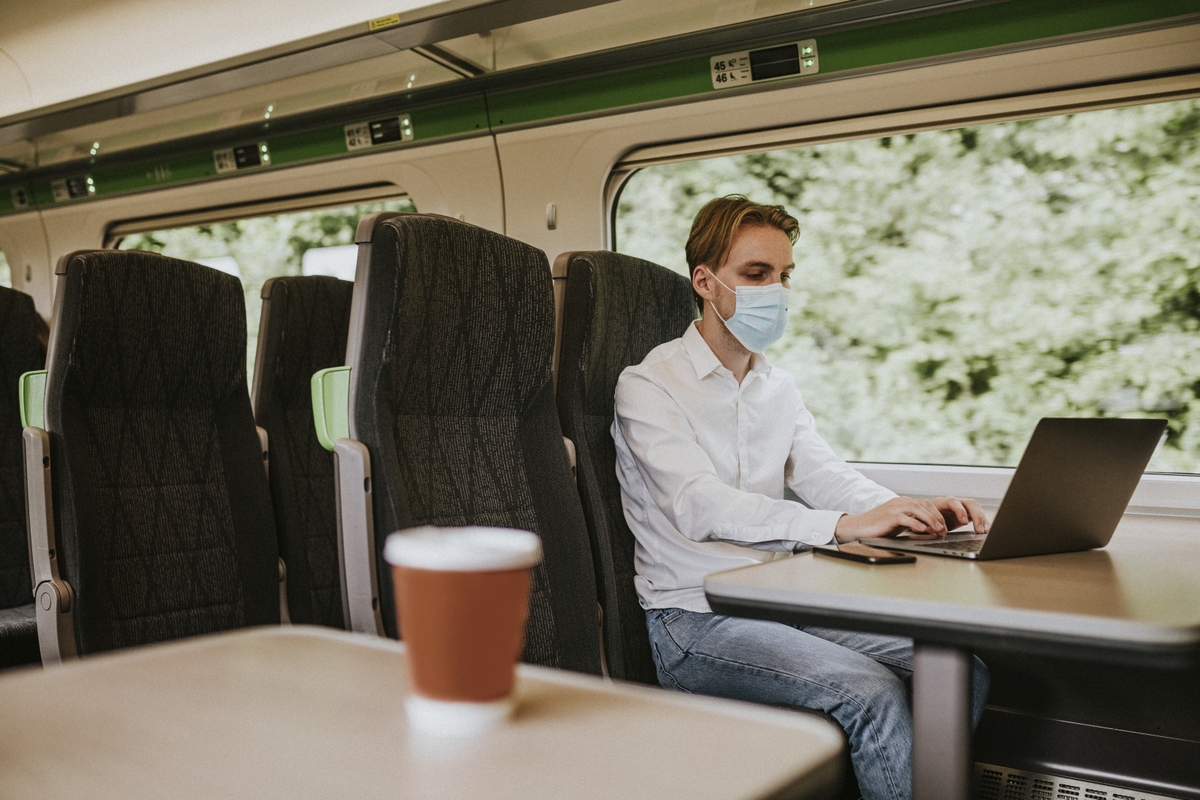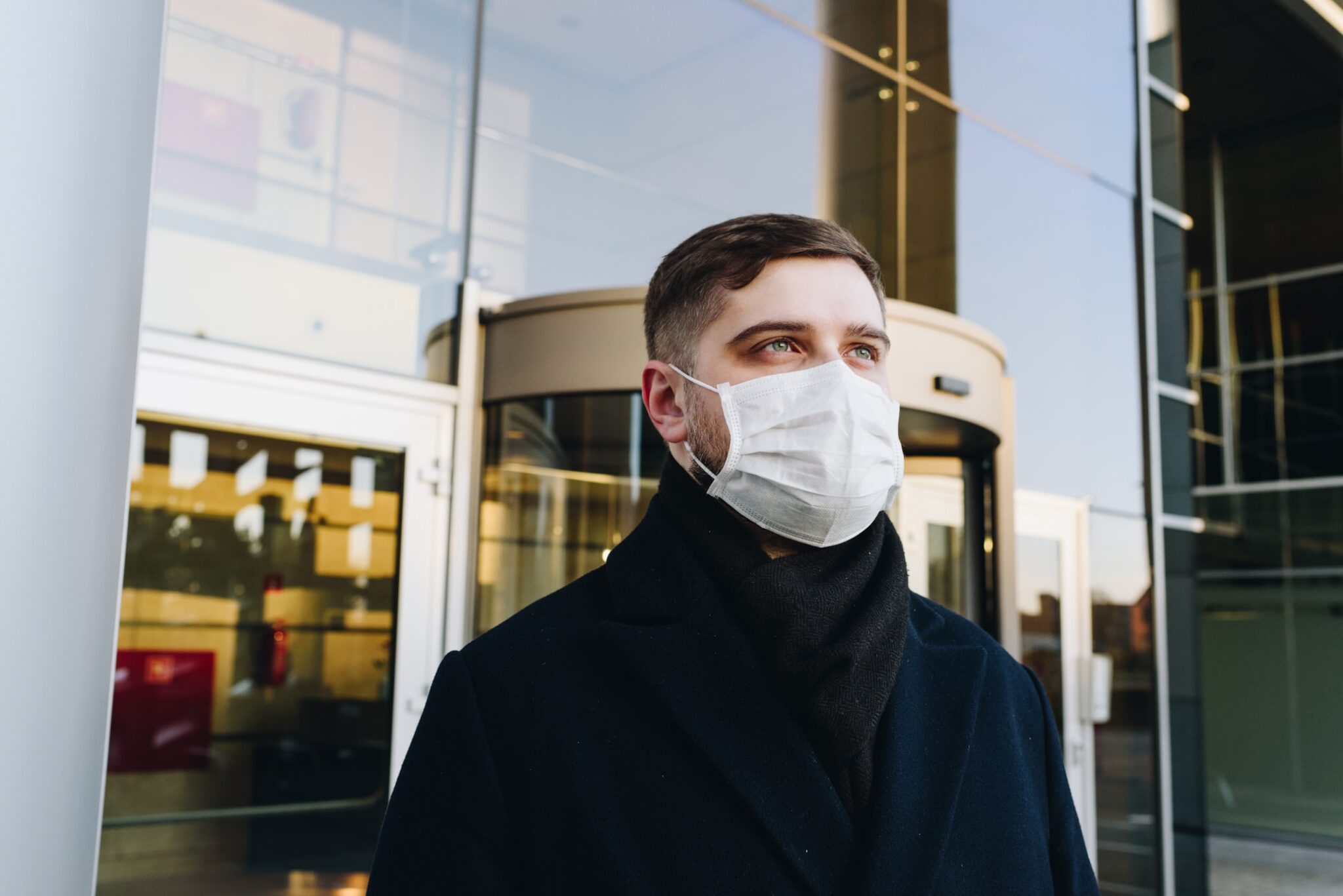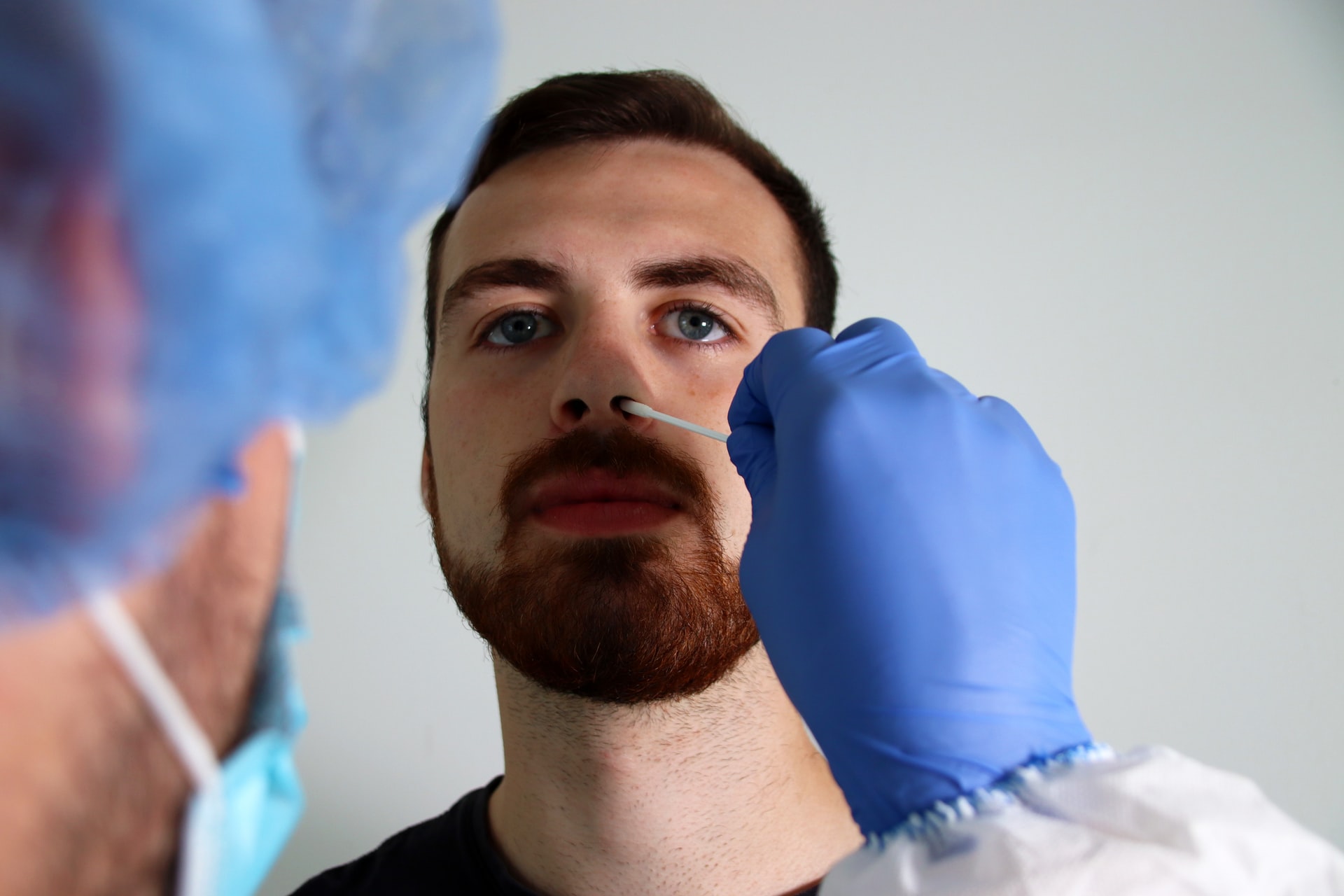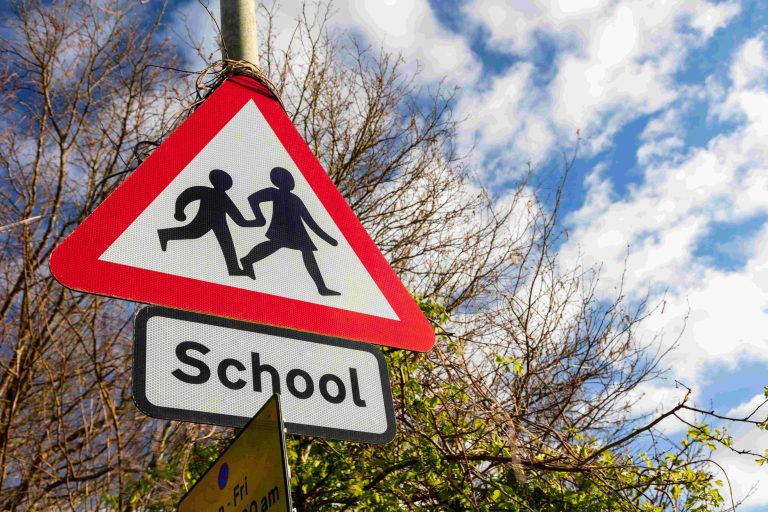BLOG
Living with COVID | Keeping your workforce safe once restrictions are scrapped
Written by Nick Wilson on 16 March 2022

The government’s plan to remove all domestic restrictions in England is now in motion, and legislative requirements are steadily being repealed and replaced by recommendations and guidance.
As we move away from a ‘must do’ to a ‘should do’ situation and begin to manage COVID-19 like other respiratory illnesses, now is the time for employers to decide what they are going to do keep people safe. Indeed, despite restrictions ending, employers still have a primary duty to protect the health and safety of their workforce so far as is “reasonably practicable”.
So what are the best-practice infection prevention measures now that restrictions are ending? Is it time for employers abandon all COVID precautions? And how can you continue to meet your duty of care? These are all questions you may have as an employer.
Here’s what you need to know from a health and safety perspective.
First, the risk hasn’t gone away
According to newly released figures from the Health and Safety Executive (HSE), employers reported 42,000 cases of COVID-19 in workers – and 446 deaths – to the regulator under RIDDOR between 10 April 2020 and 5 February 2022. These notifications specifically relate to cases where occupational exposure was suspected.
Although figures have fallen in recent weeks, the HSE points out that the number of reports made by employers remains markedly higher than in early December 2021, when weekly numbers started increasing.
Interestingly, in terms of UK breakdown, 82% of reports came from workplaces in England, where the lifting of restrictions is well underway, with 12% from Scotland and 6% from Wales.
All of this tells us that the risk hasn’t gone away. Indeed, COVID cases remain high and workplaces can still be places of transmission if the right prevention and mitigation measures aren’t in place. Little wonder that the Institution of Occupational Safety and Health (IOSH) has said that “now is not the time to forget everything we have learnt to prevent, mitigate and manage COVID-19 risks at work”.
Do you need support?
Speak to us for an honest, no obligation chat on:
0345 226 8393 Lines are open 9am – 5pm
So what does best practice look like now?
Good risk management remains essential for protecting workers and others from risks within the workplace, particularly as COVID-positive and symptomatic workers can now legally attend the workplace and are no longer obligated to inform their employer that they have or could have the virus.
In general terms, examples of best practice will include considering employees who are at greater risk from COVID-19, good ventilation and hygiene practices, making arrangements for symptomatic employees, and tackling presenteeism, i.e. a culture of employees continuing to work while sick.
In terms of official sources, the NHS white paper recommends the continuation of existing infection prevention and control (IPC) protocols, including NHS staff and visitors wearing face coverings. This would also remain in place for care homes. Meanwhile, the government recommends that people wear face coverings in enclosed or private spaces where they are mixing with people they don’t normally meet. Major retailers and public transport providers are also “strongly encouraging” staff and customers to continue wearing face coverings.
But as is the case with traditional health and safety controls, the key to compliance often rests with individuals. People should continue to be advised that there are safer behaviours they can adopt to reduce the risk of catching or passing on COVID-19. These include:
- Getting vaccinated;
- Meeting outdoors, or letting in fresh air when meeting indoors;
- Wearing face coverings in crowded, enclosed spaces;
- Staying at home and taking a test if you are symptomatic;
- Avoiding contact with other people if you test positive;
- Continuing to practise good hand hygiene and following advice to ‘Catch It, Bin It, Kill It’.
All of the above measures can be encouraged in the workplace through policies, signage and communication.
Of course, there are other measures we have become accustomed to which are no longer mandated. Do we simply abandon them now? In regard to social distancing for example, this requirement has been removed from government guidance for some time; however, many organisations are still following, or looking to reintroduce, this and other arrangements that were previously required.
Naturally, the more organisations can do to limit close contact between people, the better. These types of measures, which we’re all familiar with by now, not only protect against COVID-19 but also help to prevent contact with all viruses.
Don’t forget, while employers now have more freedom to make their own determinations based on their own workplaces, the Workplace (Health, Safety and Welfare) Regulations 1992 set out a number of statutory requirements that employers must continue to apply, all of which happen to be good ways of mitigating the risks of COVID. These include ensuring every enclosed workplace is ventilated by a sufficient quantity of fresh or purified air, keeping the workplace clean, and providing suitable and sufficient washing facilities in readily accessible places. As a minimum, these practices should remain.

IOSH
What about self-isolation and testing?
Although the government is lifting legal restrictions, employers still have a duty of care and must therefore consider what their company policy will be on various things, including those measures mentioned above as well as testing and self-isolation.
Will you still require employees to test regularly or not at all? Will those who test positive, or who have symptoms, be required to stay away from the workplace to avoid infecting others? These are all things that must be worked through and communicated clearly.
It should be remembered that workplace testing has never been mandatory in England, except for in the health, social care and education sectors. If employers require employees to be tested – whether that’s random testing or because they are showing symptoms or a close contact – they must have a legitimate reason.
One way to legitimise this requirement would be to show that a risk assessment has determined that testing is a necessary control measure due to the nature of the work or the workplace.
Keep in mind that free testing will no longer be available in England from 1 April, so any testing required after that date will be at the employer’s expense.
In regard to self-isolation, one study found that a third of businesses won’t expect their workers to self-isolate once the legal duty is removed, with one in seven claiming that they can’t afford to have their staff remain at home any longer.
While many will empathise with the pressures on business to balance health and safety with commercial considerations, allowing workers to enter the workplace in circumstances where they would have previously needed to self-isolate could prove counterproductive, as it’s likely to lead to more people catching COVID and, in turn, a higher rate of absence and greater business disruption. What’s more, it could very well breach your duty of care.
Admittedly, businesses will have varying degrees of difficulty when it comes to continuing with self-isolation rules. Indeed, the same survey found that employers with a predominantly desk-based workforce are more likely to keep their self-isolation policies in place compared to their non-desk counterparts, likely due the availability of homeworking which makes such a policy possible. Those businesses who feel unable to continue with self-isolation will arguably need to be more attentive when it comes to their safety measures.
Whatever your stance, employers should consider issuing or updating their policies around these issues and how will all of this be conveyed to staff. FAQs documents often work well for this purpose.
What about risk assessments?
There’s also the matter of risk assessments. From 1 April, it will no longer be necessary for these to explicitly reference COVID-19. The question is, do employers abandon the risk assessments they have developed to protect people up until this point, or should they be preserved?
The fact is that a risk assessment provides clarity on the foreseeable risks you have identified in the workplace and the measures you have in place to mitigate them. A such, I would suggest that you continue to reference COVID-19 in your risk assessment for the time being. Ultimately, it can be removed and packaged in with general risks presented by all communicable diseases.
Finally, how can we reassure staff?
With the government having ripped up the rule book overnight, reassurance will be essential. Some ways to alleviate anxiety and give people the confidence to return to the workplace include:
Asking employees what they need to feel safe and being proactive about implementing changes as you learn. Could you issue a return-to-work survey or schedule catch-ups with managers to discuss common worries in their team?
Considering whether there are specific groups of employees that may have different needs, for example those who were previously identified as clinically extremely vulnerable or who live with people who are.
Clearly communicating the changes you’re making (or retaining) so that people know what to expect and what’s expected of them. Remember it’s important to reach everyone, so sending an email might not be enough.
Extending flexible working arrangements such as hybrid working, staggered start and end times, and reduced office hours to provide options for those who feel less comfortable with the idea of returning to ‘normality’. You could also consider the option for employees to phase their return to the workplace, as they might after a period of absence.
Introducing healthcare benefits to help people be proactive about their health. Lunchtime exercise classes, free fruit or access to a health cash plan can all make people feel like they are doing something positive for their health and wellbeing, giving them a sense of control.
Related Content
Advice and reassurance
Looking for reassurance that your business is doing enough to manage COVID and other workplace hazards? Need expert guidance on appropriate control measures so that risks are properly managed and your workplace is inspection-ready? WorkNest’s fixed-fee Health & Safety service is the perfect solution.
With access to a named consultant to help with everything from advice to annual audits, you can become confident in your compliance and help protect your business and your people from the consequences of poor safety health and safety management.
For more information, speak to our team on 0345 226 8393 or request your free consultation using the button below.












